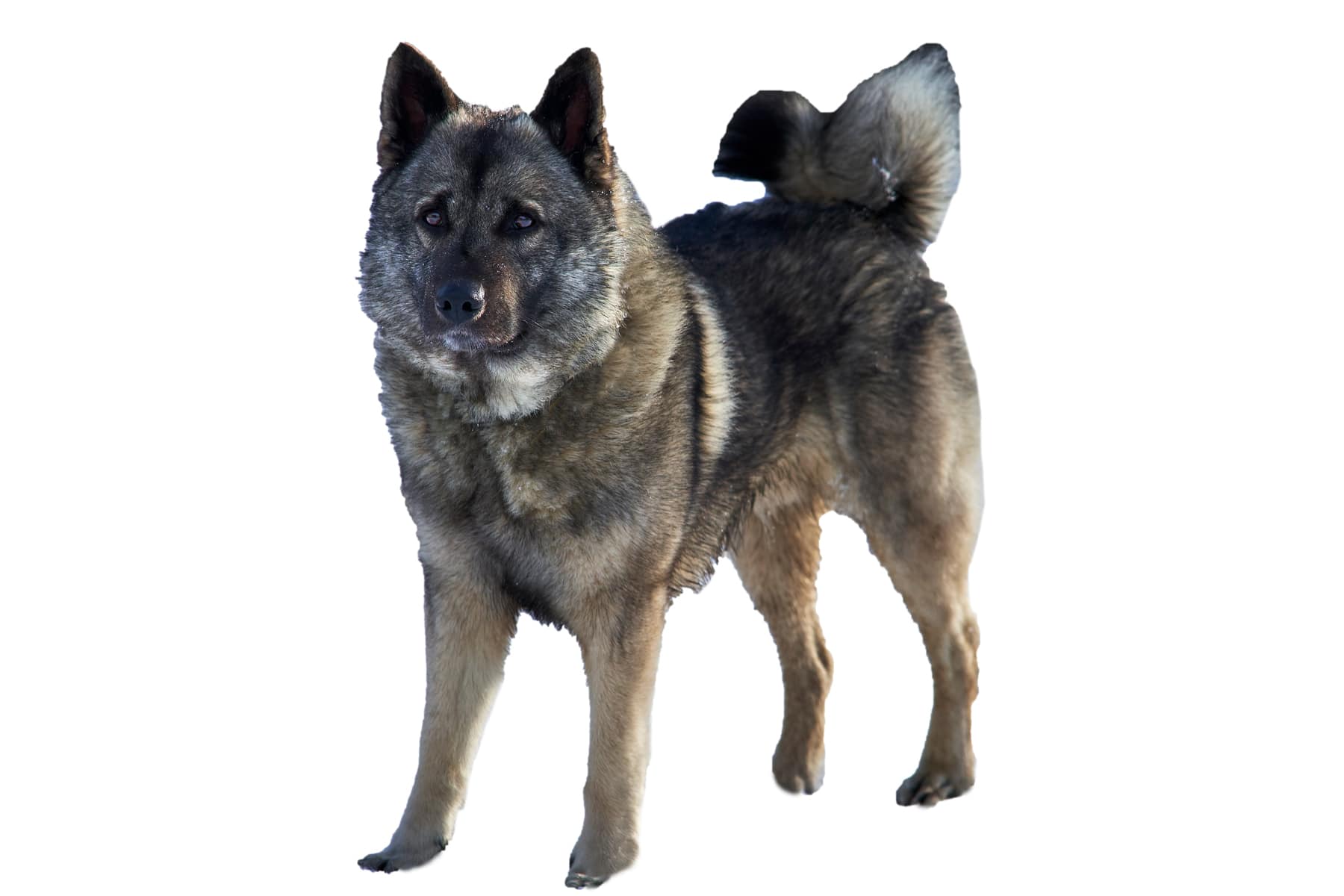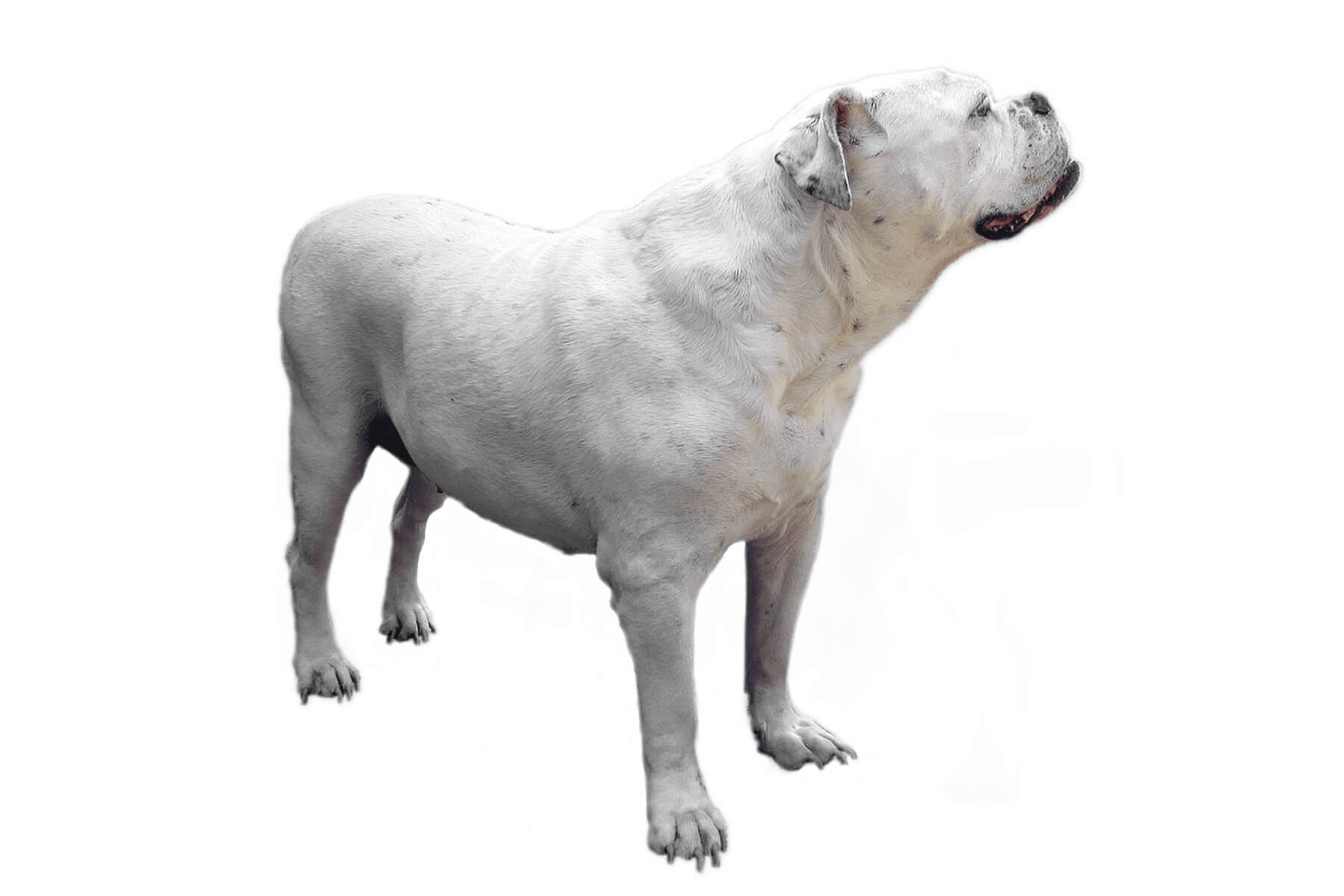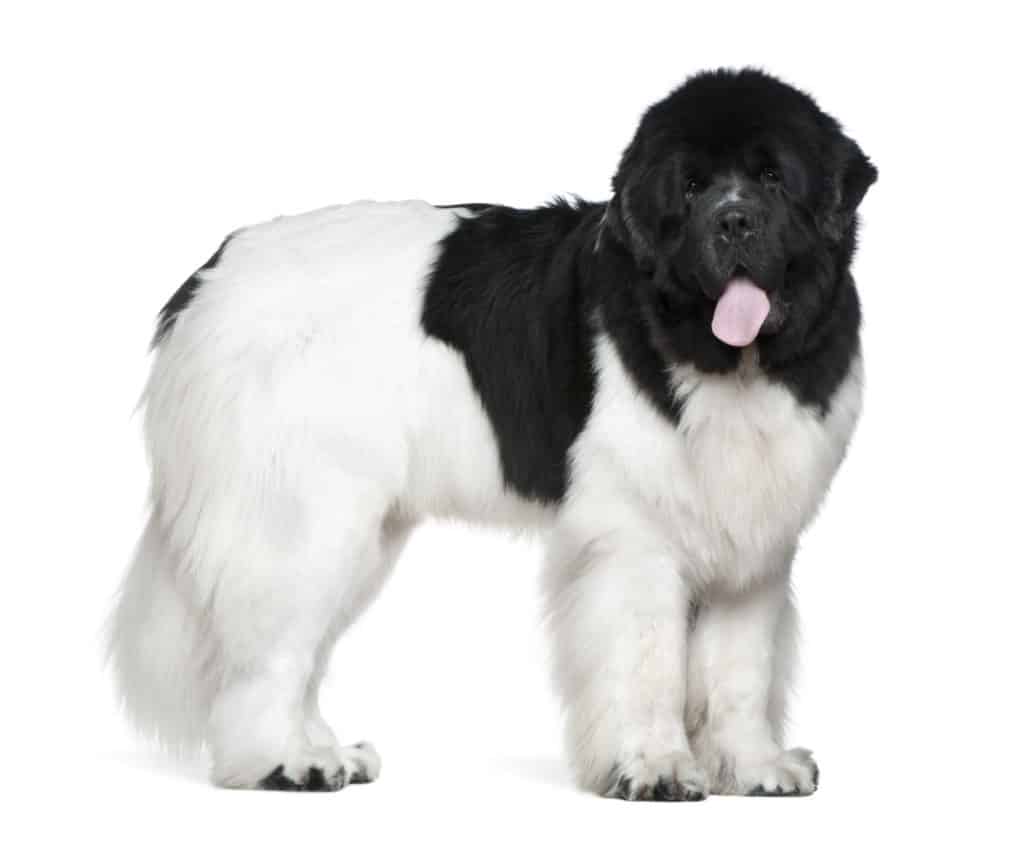Hanoverian Scenthound
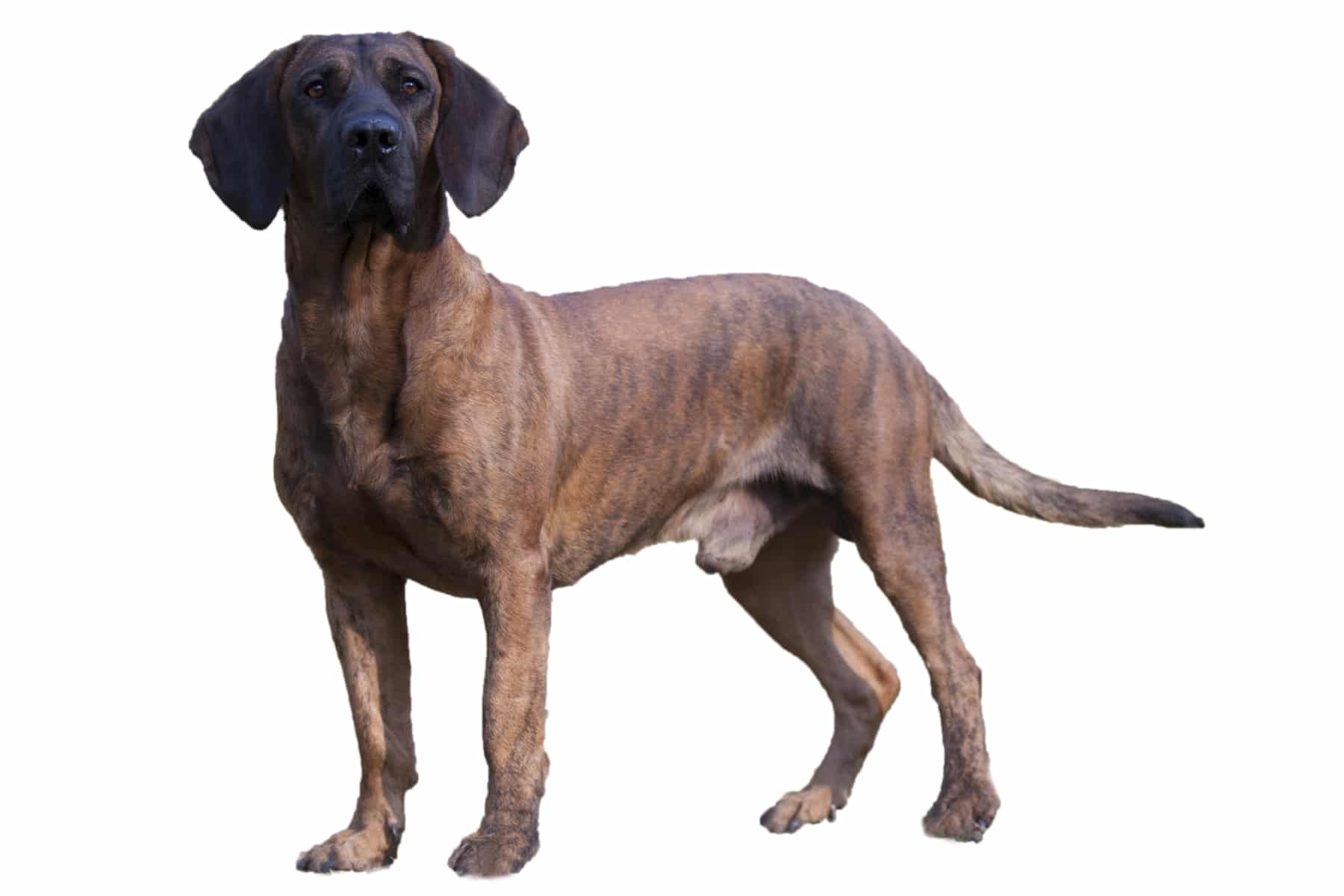
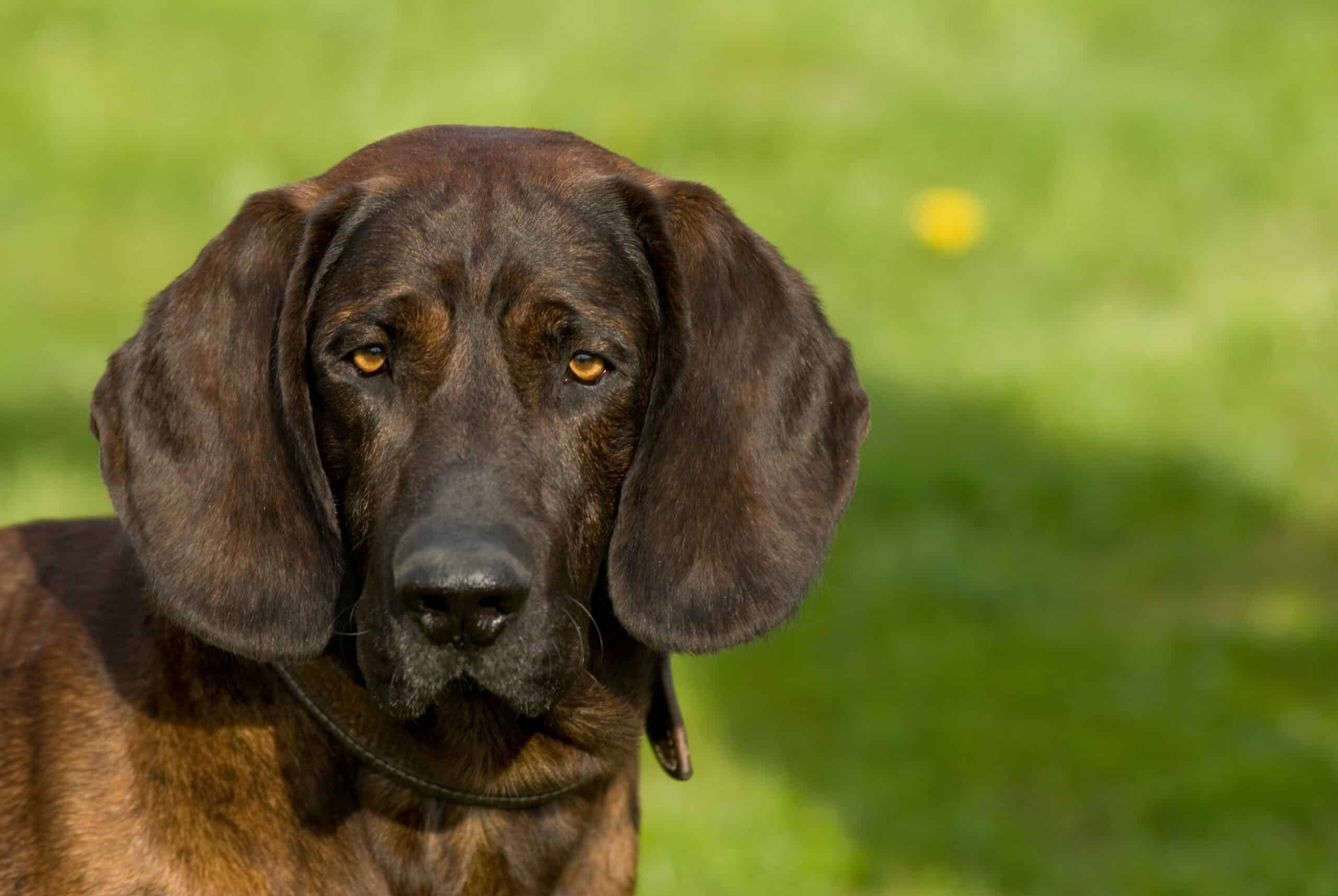
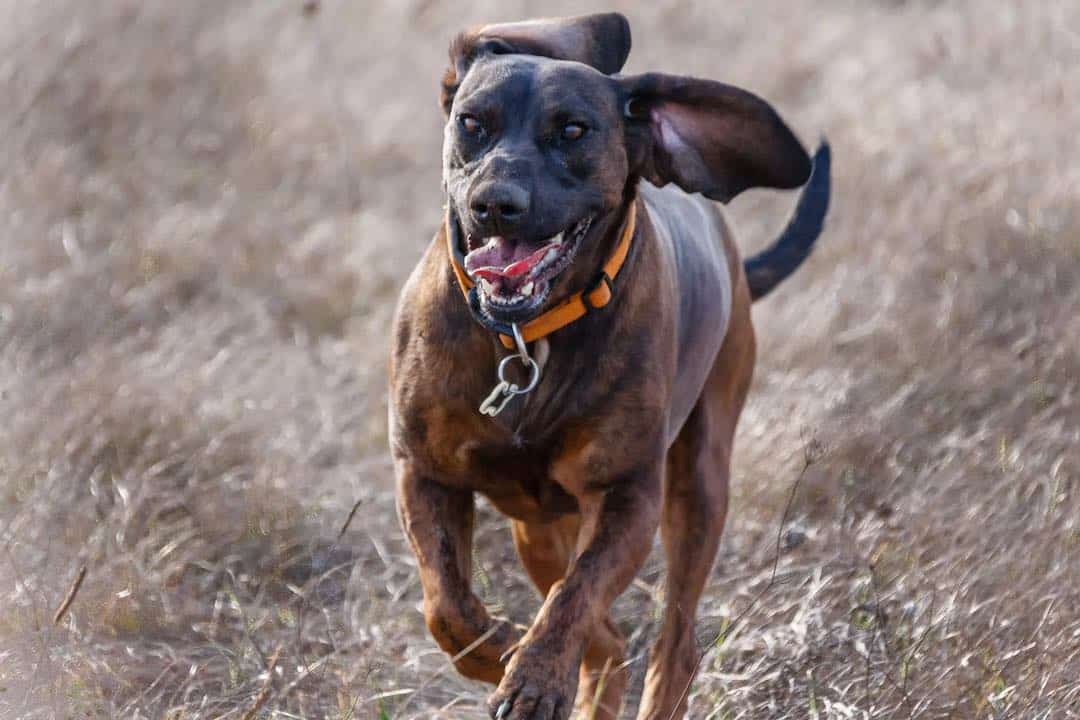
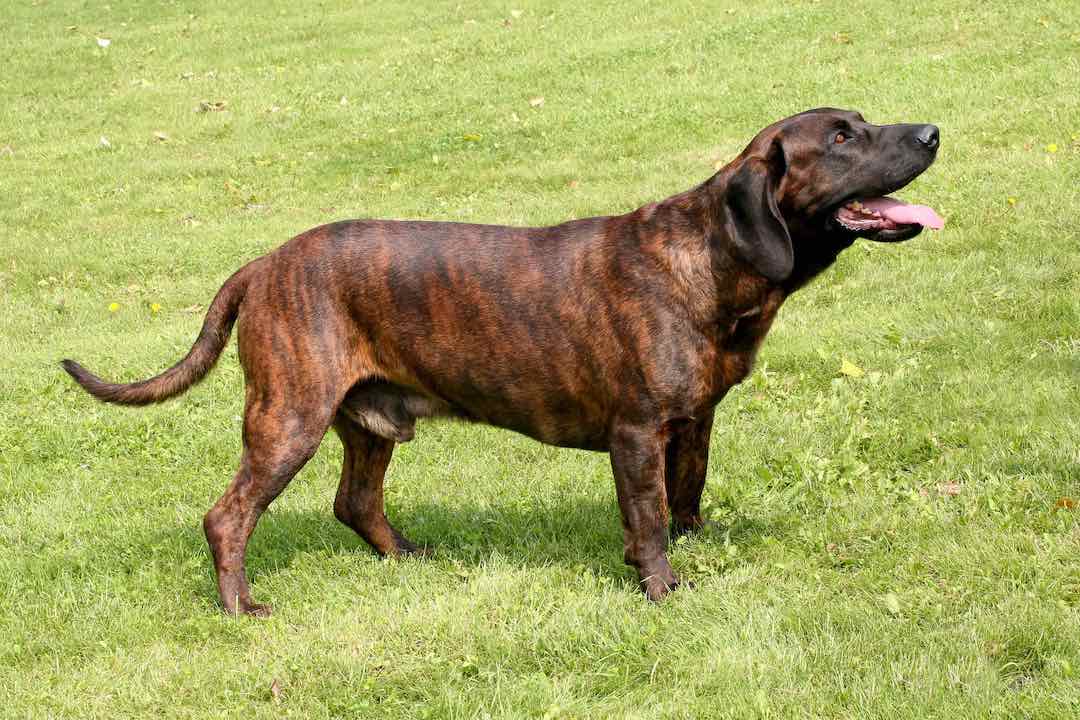
Temperament:
The Hanoverian Scenthound is a reliable and robust hunting dog. In addition to its excellent hunting ability, it is also suitable for rescue work. These eager-to-learn and people-friendly dogs are particularly suitable for hunters and foresters.
Characteristics
The Hanoverian Scenthound is a German dog breed recognized by the FCI. It is assigned to FCI Standard 213, Group 6 (Running Dogs, Welding Dogs and Related Breeds), Section 2 (Welding Dogs).
Its build is strong and elongated. Its dense, smooth coat is ochre-yellow with red markings and gray-brown. The color nuances can range from a light red to a dark deer red. The flow can also be more or less pronounced depending on the standard.
When hunting, the Hanoverian Scenthound follows the scent of the blood (sweat) of the shot game and indicates it to the hunter. The Hanoverian Scenthound is a specialist for tracking game.
In his family group he shows a very affectionate behavior. However, it is not suitable as a pure companion or family dog. It is mainly only given to hunters or foresters. A hunting test and appropriate training are required.
His calm and friendly nature makes him the ideal hunting companion. He is also very affectionate towards his owner. He is an excellent leader. He is happy to give up the lead and is adaptable. He can be a little headstrong and needs experienced and consistent handlers.
However, an excessively rough tone and temperamental outbursts are anathema to him. The Hanoverian Scenthound is not suitable for people who like it rough and friendly.
Only dogs that get along peacefully with all other hunting participants can be used for hunting. The Hanoverian Scenthound is very compatible with other dogs of the same species. It is therefore not particularly suitable as a guard dog for house and yard.
The Hanoverian Scenthound is a hunting dog and therefore a running dog. This means that it needs a lot of exercise and activity. However, as he is more playful and not as serious as a German shepherd, this activity must not degenerate into work. His excellent nose must be encouraged through play.
Coat care:
Shedding:
Energy level:
Trainability:
Children suitable:
The right food
As with any other breed of dog, a balanced diet is important. The dog does not only eat meat, but also needs carbohydrates or fiber, fats, vitamins and minerals. Unnecessary preservatives should be avoided. Of course, a bowl of fresh water should always be available.
The food mixture should be adapted to the requirements of hunting dogs in particular. Tracking requires fitness and the use of a good nose. They have to work well in the field. This leads to a loss of strength, which must be compensated for. Never feed before the mission. A full stomach can lead to gastric torsion.
The Hanoverian Scenthound is basically frugal. Unless he is using his good nose. The high energy requirement at work is best covered by fat. High-fat feed mixtures have proven their worth. Working dogs utilize them well and use them as an effective source of energy. Of course, this also includes sufficient exercise. Because if the energy is not used up, even a hunting dog will stop working.
It is also important to adjust the amount of protein in high-energy feed mixtures. The more fat there is in the feed, the higher the protein content must be. The daily ration should be divided into two meals.
When hunting wild boar in particular, care must be taken to ensure that the dog does not eat the prey. The meat may contain dangerous pathogens. The feeding of pork is generally to be avoided.
Health & Care
Basically, the Hanoverian Scenthound is a robust and healthy breed. Its short coat is very easy to care for. Occasional brushing is completely sufficient. In general, the animal needs a lot of exercise. Short walks around the block are not enough.
A Hanoverian Scenthound is not an apartment or city dog. A house with a large garden would be ideal. This should be taken into account when purchasing a dog. It needs plenty of exercise and regular hunting or work training.
This friendly and eager-to-learn dog is a joy to train. But it wants to be led. A hunting dog hunts with its nose and tracks. He needs this activity to keep him busy. It is therefore important to provide sufficient mental exercise when keeping your dog. Nose work is an ideal activity to keep your dog busy. Searching for treats is a very popular activity.
The animal must be checked for injuries after each use. Small scratches can become infected. Burrs and thorns are annoying and must be removed immediately. Special care should be taken with the ears. Floppy ears are easily infected by dirt and germs. Regular checking and cleaning is therefore recommended. This saves the animal unnecessary suffering and saves you veterinary costs.
Suitable accessories
The medium-sized dog needs appropriate dog equipment. Persistent running dogs can be fed with high-energy treats on the go. A foldable water bowl is helpful to provide your hard-working helper with water on the go.
Of course, the hunting specialist also needs the right equipment for hunting. Special dog harnesses that do not hinder the dog when rummaging through thickets are necessary. Ideally, it should be adapted to the dog. A dog vest with appropriate identification as a hunting dog is recommended. This is visible from afar and protects the animal at work.
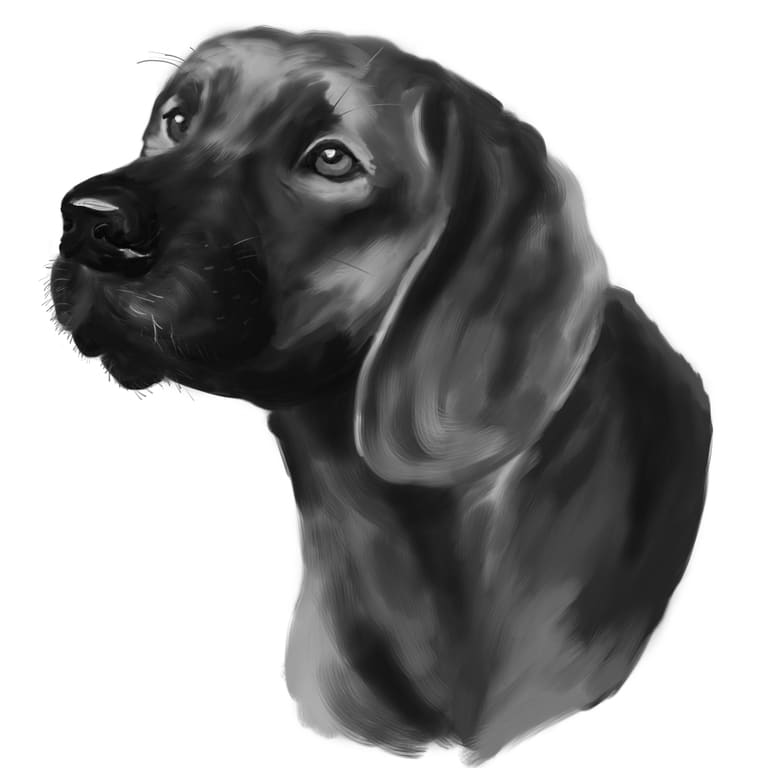
Origin & History
The first hunting dogs can be found in the early cultures of the Mediterranean and the Near East from the Bronze Age onwards. In the Middle Ages, hunting was a privilege of rich lords for a long time.
The dogs required for this were the "master dogs" or lead dogs. This is how the hunting specialist Hanoverian Scenthound came into being according to the preferences of the "master". This developed after the advent of firearms in hunting. Its job was to track down wounded and bleeding game, such as deer and wild boar, after the shot.
The German Hound is descended from the original European Bracken. At the beginning of selective breeding, the Heidebracke was mated with old German hounds. Today, the Heidebracke is considered extinct.
The breed is named after the Hannoversche Jägerhof in the former Kingdom of Hanover. This was the main source of the breed's development into its present form. In addition to the preferred body shape, particular attention was paid to performance when working on game.
The "Hirschmann Association" was founded in 1984. This association continues the breeding tradition and looks after the preservation of the breed. The breeding association has made particular efforts to standardize the breed. The association is the only German breeder of the Hanoverian Scenthound. It ensures compliance with the stud book standard.
